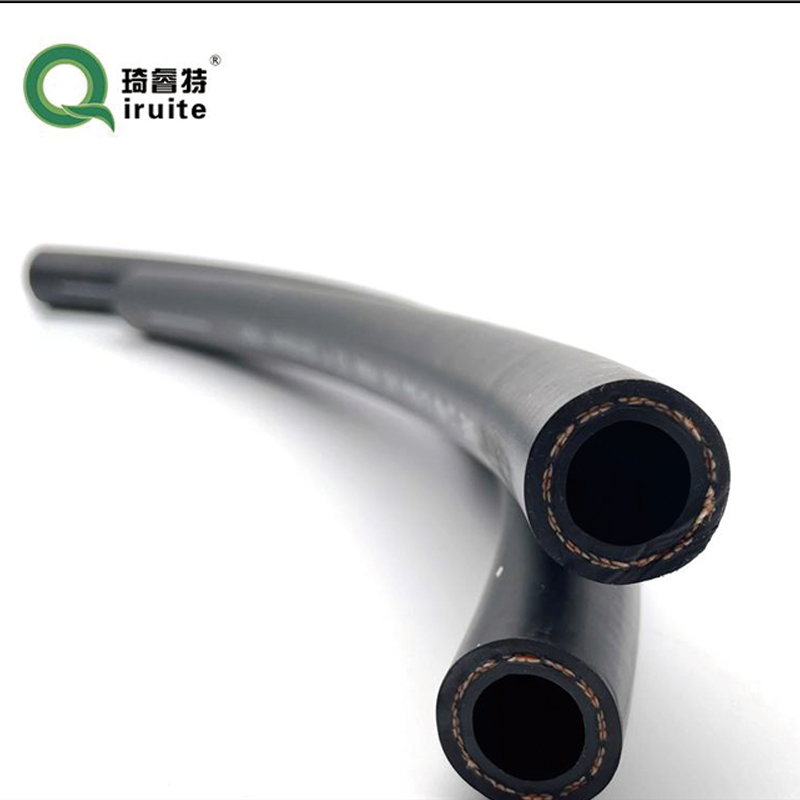Steps to Secure Power Steering Hose for Optimal Performance and Leak Prevention
How to Tighten a Power Steering Hose A Comprehensive Guide
Power steering is an essential feature in most modern vehicles, making it easier to maneuver and control the steering wheel. However, over time, the power steering system can develop leaks, and one common cause is a loose power steering hose. Tightening a power steering hose is a straightforward process that can help restore your vehicle’s steering performance. This article will guide you through the steps to safely and effectively tighten a power steering hose.
Understanding Power Steering Hoses
Power steering hoses are critical components of the hydraulic power steering system. They transport fluid from the power steering pump to the steering gear or rack. There are two main types of hoses the high-pressure hose, which carries fluid from the pump to the rack, and the return hose, which brings fluid back to the reservoir. A leak in either hose can lead to reduced steering efficiency or complete failure, making it essential to address any issues promptly.
Tools and Materials Needed
Before you start, gather the necessary tools and materials
- Wrench set (open-end and socket) - Pliers - Torque wrench (if needed) - Safety goggles - Clean rag - Power steering fluid (if needed)
Step-by-Step Guide to Tightening a Power Steering Hose
1. Safety First
Before working on your vehicle, ensure it is parked on a level surface and that the engine is turned off. Allow the engine to cool down to avoid burns. It’s also a good practice to wear safety goggles to protect your eyes from any fluid leaks.
2. Locate the Power Steering Hoses
how to tighten power steering hose

Open the hood and locate the power steering pump, which is typically found near the engine’s front. Follow the hoses from the pump to find the high-pressure and return hoses. Inspect them visually for any signs of leakage or wear.
3. Check for Tightness
Using a wrench, gently try to turn the fittings on both the high-pressure and return hoses. If you can turn them with little effort, they are likely loose and need tightening. Be cautious not to overtighten them, as this could damage the fittings.
4. Tightening the Hoses
Using the appropriate size wrench, carefully tighten the hose connections. Make sure to tighten them uniformly and gradually. If you require a specific torque setting, consult your vehicle's manual for the correct specifications. If you have a torque wrench, use it to ensure you do not overtighten the connections.
5. Inspect for Leaks
After tightening the hoses, start the engine and let it run for a few minutes. While the engine is running, turn the steering wheel from side to side to help circulate the power steering fluid. Check the hoses for any signs of leaks. If you notice any leaking fluid, you may need to replace the hose altogether.
6. Check the Fluid Level
After inspecting for leaks, turn off the engine and check the power steering fluid level in the reservoir. If it is low, add the recommended fluid type until it reaches the proper level.
Conclusion
Tightening a power steering hose is a simple yet necessary maintenance task that can prevent more significant issues in your vehicle's steering system. Regularly checking and maintaining your power steering system ensures a smooth driving experience and enhances vehicle safety. If you are uncomfortable performing this task yourself, it is advisable to seek professional assistance. Remember, a well-maintained power steering system is crucial for effective vehicle control.
-
Ultimate Spiral Protection for Hoses & CablesNewsJun.26,2025
-
The Ultimate Quick-Connect Solutions for Every NeedNewsJun.26,2025
-
SAE J1401 Brake Hose: Reliable Choice for Safe BrakingNewsJun.26,2025
-
Reliable J2064 A/C Hoses for Real-World Cooling NeedsNewsJun.26,2025
-
Heavy-Duty Sewer Jetting Hoses Built to LastNewsJun.26,2025
-
Fix Power Steering Tube Leaks Fast – Durable & Affordable SolutionNewsJun.26,2025

